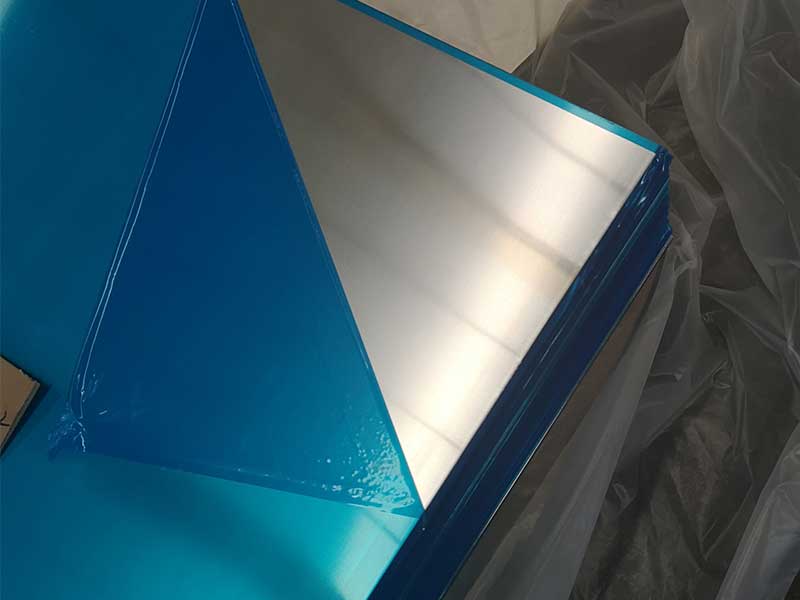Aluminum composite panels (ACPs) have emerged as a pivotal material in contemporary design and construction industries. With their remarkable versatility, these panels are providing innovative solutions across various applications. This article delves into the defining features of aluminum composite panels and explores their extensive applications in architecture, advertising, and interior design.
What is an Aluminum Composite Panel?
Aluminum composite panels consist of two thin layers of aluminum enclosing a non-aluminum core, typically made of polyethylene or a mineral-filled core for fire resistance. This composite structure not only enhances durability but also offers an appealing aesthetic, making it an ideal choice for both indoor and outdoor use.
Features of Aluminum Composite Panels
-
Lightweight Construction: One of the most significant advantages of ACPs is their lightweight nature. Despite being structurally robust, they are easy to handle and install. This feature is particularly beneficial in large scale installations where ease of transport plays a crucial role.
-
Durability and Resistance: Aluminum composite panels are designed to withstand various environmental conditions. They are neither prone to warping nor developing rust, making them suitable for different climates. Furthermore, ACPs are resistant to UV rays, ensuring that colors remain vibrant over time.
-
Aesthetic Appeal: With options available in an array of colors, finishes (like matte and gloss), and textures (including wood-like and metallic finishes), aluminum composite panels can be customized for virtually any design need. This versatility allows architects and designers to play with visuals without compromising on material integrity.
-
Ease of Maintenance: The smooth surface of ACPs allows for easy cleaning and maintenance, minimizing the total cost of ownership and ensuring that the panels retain their visual attractiveness over time.
-
Eco-Friendly Options: Many manufacturers offer aluminum composite panels that are made from recycled materials, making them an eco-friendly choice for sustainable construction practices. ACP recycling is a growing focus within the industry, and end-of-life disposal can contribute to lower carbon footprints.
Applications of Aluminum Composite Panels
-
Architectural Cladding: One of the primary uses of aluminum composite panels is for exterior cladding. Their durability and aesthetic flexibility make them preferable for building façades, enhancing the architectural beauty of structures while providing weatherproofing.
-
Interior Design: ACPs also find significant applications in interior spaces. They can be used for wall cladding, ceilings, and decorative elements, creating stunning visual spaces that reflect modern design trends.
-
Signage: The high-quality prints and finishes achievable with aluminum composite panels have made them a popular option for signage. From retail stores to commercial properties, businesses utilize ACPs for eye-catching displays that articulate their brand messages.
-
Transport Industry: From buses to boats, aluminum composite panels have secured their place in the transport industry. Their lightweight and durable nature makes them ideal for vehicle exteriors, contributing to fuel efficiency without compromising on strength.
-
Retail Displays: In commercial settings, retailers use ACPs for constructing visually engaging interior displays. Their customization options allow for branding subtly integrated into the showroom environment.













